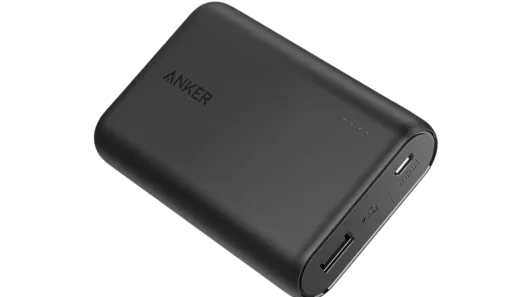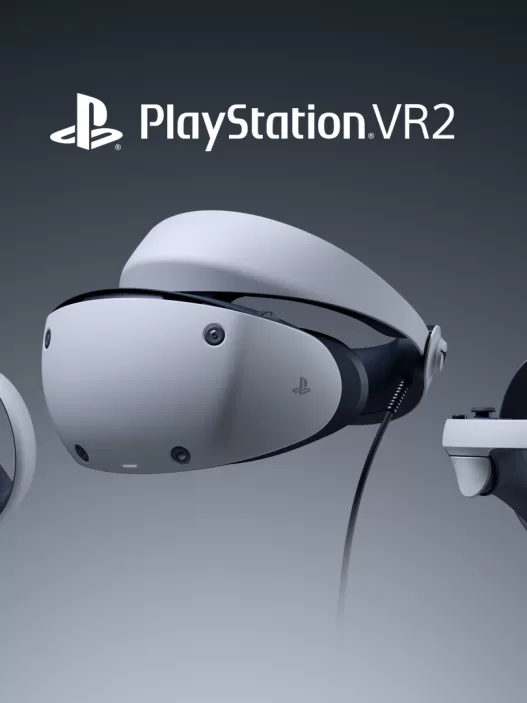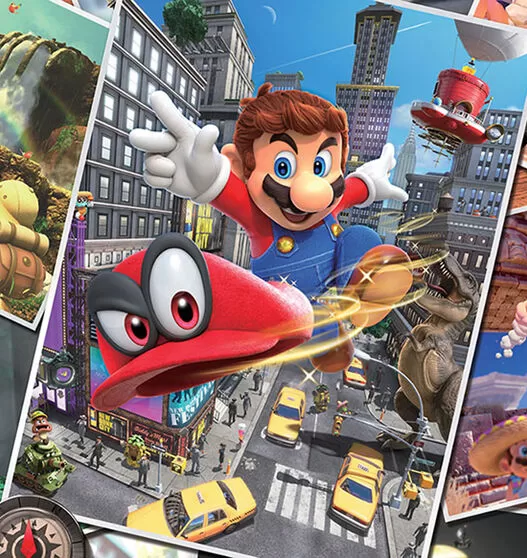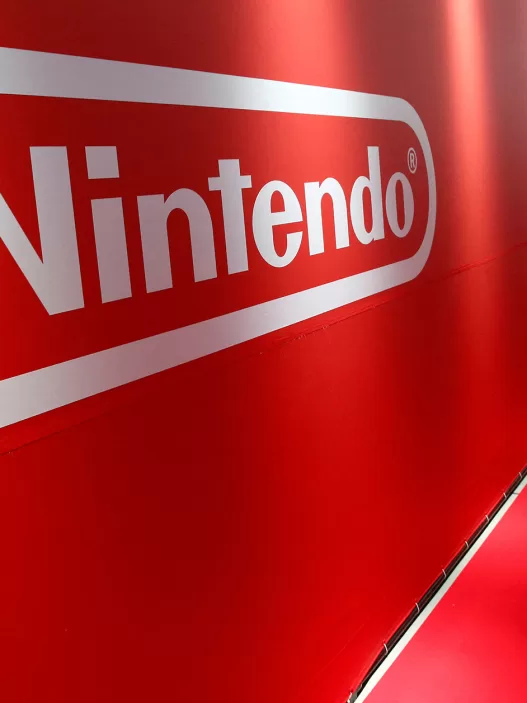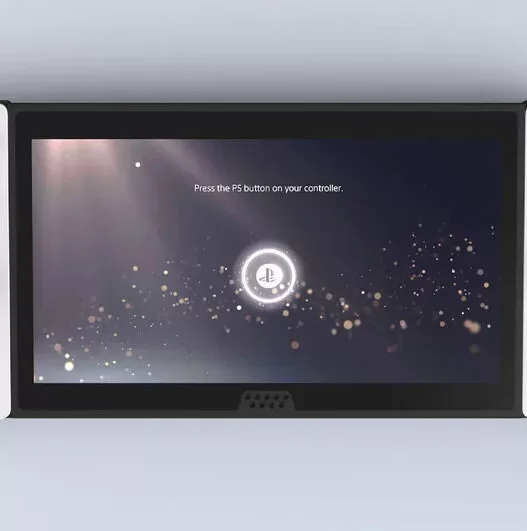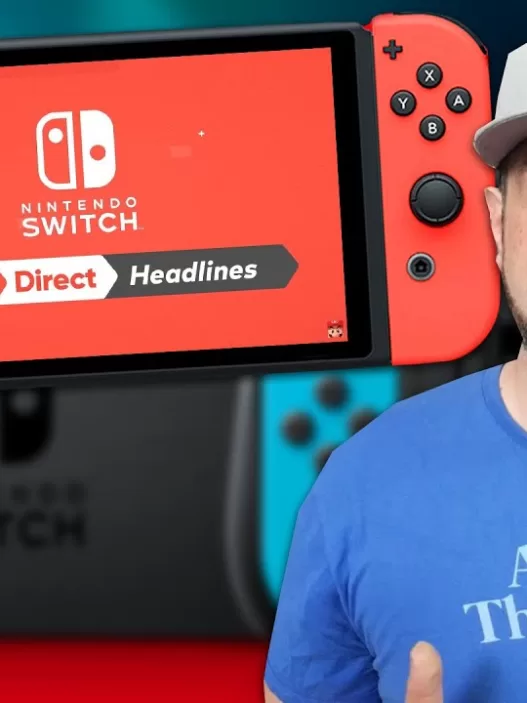The Nintendo Switch 2: This Generation’s Super Nintendo
A Legacy of Success
In the late 1980s, Nintendo revolutionized the gaming world with the Nintendo Entertainment System (NES), setting a high standard for home consoles. Building on this success, Nintendo introduced the Super Nintendo Entertainment System (SNES) in 1990, focusing on enhanced graphics and gameplay without deviating from the proven formula. This approach led to iconic titles like Super Mario World, The Legend of Zelda: A Link to the Past, and Super Metroid, solidifying Nintendo’s dominance in the gaming industry.
The Perils of Innovation
Fast forward to the early 2010s, Nintendo attempted to innovate with the Wii U, introducing a dual-screen experience. However, this departure from traditional console design confused consumers and developers alike, resulting in disappointing sales and a tarnished reputation. This misstep highlighted the risks associated with drastic innovation in a competitive market.
The Switch’s Redemption
Learning from the Wii U’s shortcomings, Nintendo launched the Switch in 2017, a hybrid console that seamlessly transitioned between handheld and docked modes. This balance of innovation and familiarity resonated with gamers, leading to over 146 million units sold worldwide.
Enter the Nintendo Switch 2
In January 2025, Nintendo unveiled the Switch 2, maintaining the hybrid model while introducing subtle enhancements:
- Larger Display: An 8-inch screen for an immersive gaming experience. New Atlas
- Magnetic Joy-Con Controllers: Improved attachment mechanism for ease of use. The Verge
- Enhanced Performance: Potential support for 4K resolution in docked mode, leveraging NVIDIA’s DLSS technology. Los 40
By refining existing features rather than introducing radical changes, Nintendo aims to replicate the SNES’s strategy of building upon a successful foundation.
The Importance of Third-Party Support
A critical factor in a console’s success is third-party support. The SNES thrived with titles from developers like Capcom and Konami. In contrast, the Wii U’s complex architecture deterred third-party developers. The Switch 2’s familiar design encourages broader developer engagement, essential for a robust game library.
Industry Perspectives
Some industry analysts express concern that the Switch 2 isn’t “innovative enough.” However, history demonstrates that excessive innovation can alienate consumers. By focusing on user experience and developer support, Nintendo positions the Switch 2 to be this generation’s Super Nintendo—a console that honors its legacy while embracing the future.
The Nintendo Switch 2 exemplifies a strategic evolution, enhancing beloved features to meet modern gaming demands. By learning from past successes and failures, Nintendo aims to deliver a console that appeals to both nostalgic fans and new gamers, solidifying its place in gaming history once again.



